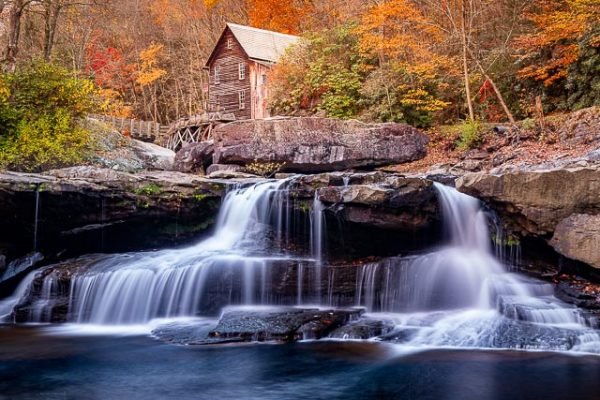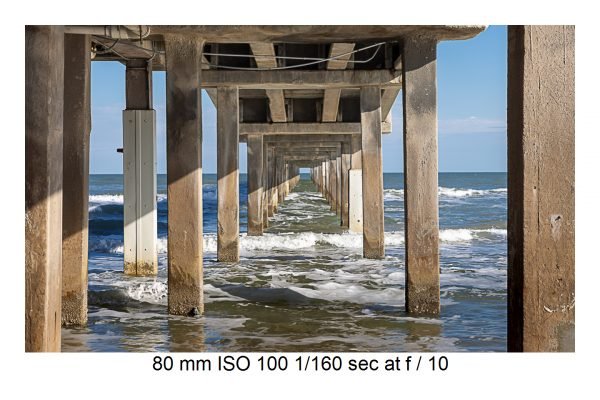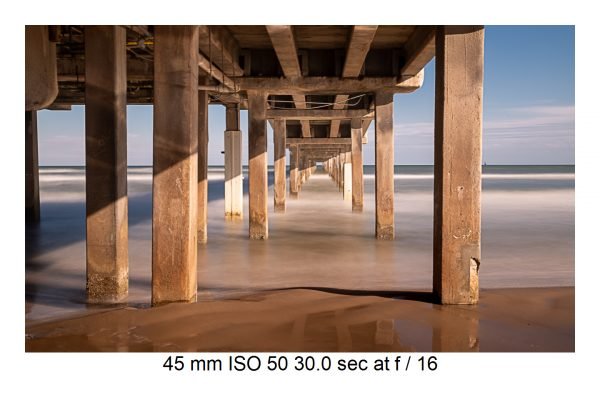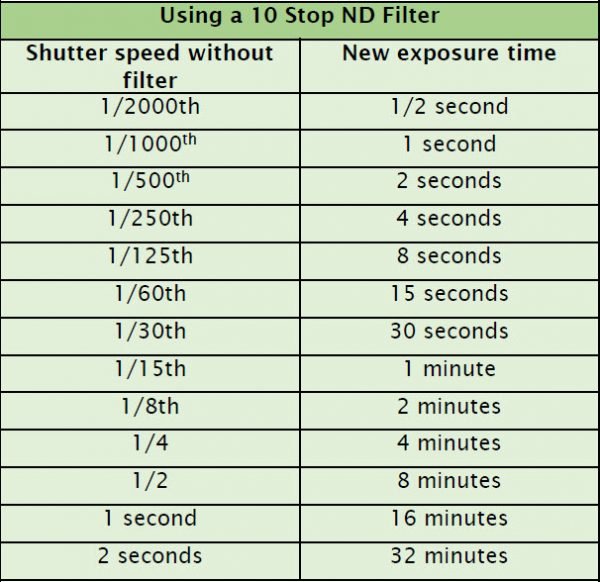Daytime Long Exposure Photography
A long exposure is not determined by time, but by effect. To me in photography a long exposure is any shutter speed that creates motion by blurring in the photo.
Many daytime exposures can be taken without any special equipment, but for most in bright light you will need some special equipment:
- DSLR or Mirrorless camera with a bulb setting and manual exposure and the ability to attach filters.
- A heavy-duty solid tripod is essential. The camera must not move for long periods of time.
- An intervalometer or cable release and timer.
- Neutral Density (ND) filters.
A Neutral Density filter is a filter that, placed before the sensor reduces the amount of light making its way to the sensor. The purpose is simply to let in less light allowing the use of a longer shutter speed.
the photo above was taken without a Neutral Density filter and the one below was taken with a Neutral Density filter allowing for a much longer exposure and smoothing of the water.
In photography we generally measure light in “stops”, a stop is not a specific amount but a specific change in the amount of light. A “stop” of light is doubling the amount of light or cutting it in half. To make the math simple; if we have a shutter speed of 1 second and reduce the light by 1 stop we would have a shutter speed of 2 seconds, 2 stops would be 4 seconds, 3 stops would be 8 seconds.
Neutral Density filters come in various formats including screw in or rectangular which use a special holder. They are also available in solid which have the same density throughout the filter or graduated which go from solid to clear.
How to Use ND Filters
- Compose the image
- Secure your Tripod
- Use Manual Settings
- Focus, use manual or auto focus and then turn off autofocus
- Use manual exposure mode and set for a proper exposure
- Turn off image stabilization on your lens
- Do not use Auto ISO
- The shutter speed you have set will be your base shutter speed, calculate the new shutter speed with a chart or app for the number of stops of the ND filter you are using. If you want to keep it simple just decrease the shutter speed by 3 clicks for every stop. this only works if you do not exceed the 30 second limitation of most cameras.
- Attached the ND filter and take the shot.
Exposure Calculator







